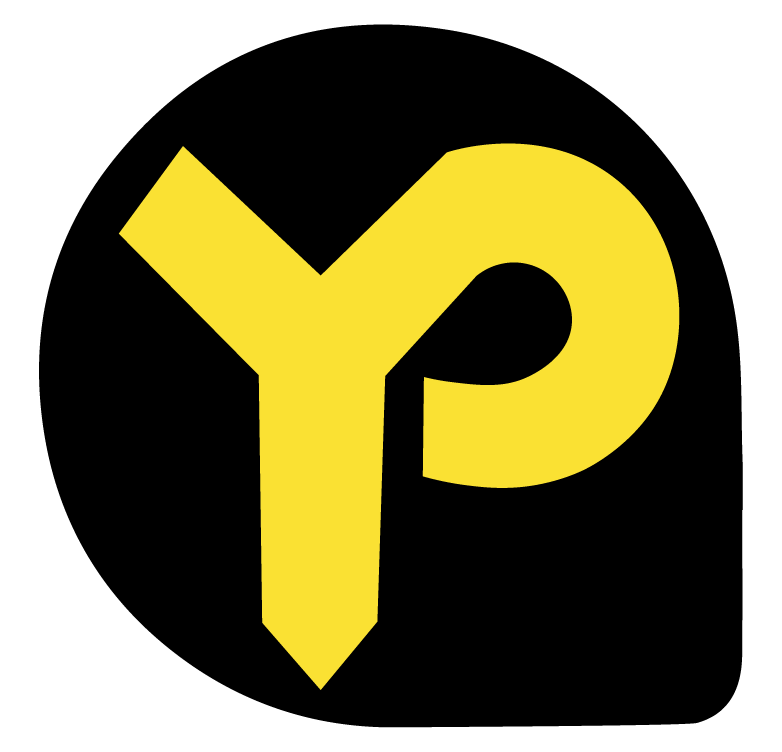Cladding in Jebel Ali

04-8895542Call056-5322068Call
04-8851008Call055-9508099Call
Results 1 - 12 of 12
Top Cladding Companies in jebel ali
- Best Gulf Cladding LLC, Jebel Ali, Contact: 06-7640065
- A K Cladding, Jebel Ali, Contact: 04-3886582
- Alloy Steel Trading LLC, Jebel Ali, Contact: 04-8816504
- Concrete Technology LLC, Jebel Ali, Contact: 04-8801777
- Eco Filters, Jebel Ali, Contact: 04-8865668
- GTS Steel LLC, Jebel Ali, Contact: 04-8895542
- Gulf Metal Craft (GMC), Jebel Ali, Contact: 04-8815151
- Middle East Insulation LLC, Jebel Ali, Contact: 04-8801600
- Value Star Building Metal Products Manufacturing LLC, Jebel Ali, Contact: 04-8851008
About Cladding
Cladding involves the process of adding an external layer to you building which acts as a skin. It is used to protect the building from harsh weather and harsh climatic conditions. The materials used as building skins are metals, aluminium, plastic, stone, timber and synthetic material. These materials are installed around windows, doors, roofs and chimneys. The cladding is mostly made up of impermeable material which prevents rainwater from penetrating through. In order to make the area leak proof the designed joints are sealed with a penetrable material. Brick cladded structures are designed to absorb rainwater during rainfall and dry out completely after. These walls are considerably thick and are low in permeability.
Architectural cladding is applied to the exterior of the building for both protection and aesthetic purposes. They are prefabricated panels which are designed to enhance the appearance of the building. You can also add artwork and colourful patterns on the cladded structure for better visuals. Some cladding manufacturers design rain screen cladding which is a form of weather cladding which not only protects the building against rainwater but also offers sufficient thermal insulation which blocks out sunlight and heat. It repels water and wind by directing them away or around the building. Some popular types of cladding are stone cladding, timber cladding, weatherboard cladding, fibre cement cladding, brick cladding, vinyl cladding and metal cladding.
Cladding creates a controlled environment, protects the building from external climatic conditions, provides privacy and security, prevents sound pollution, provides thermal insulation and creates an external façade. It creates an airtight building envelope which protects the building from dust and debris. It also provides an opening for access to daylight and proper ventilation. Cladding designers prefabricate panels and attach them to the structural frame. Some designers construct exterior wall claddings which can be custom designed as per requirements. Designers study the customer’s building area and consider a few key aspects like the usability of the building, internal and external conditions, local context, planning requirements and appearance. They also study the locality, building rules and regulations, budget, maintenance requirements and structural requirements.
Wall cladding designers pay attention to the wall design, control air leakage, control condensation, provide integrity of insulation. Building covers decrease the spread of fire, control thermal movement, are easy to install, clean and very durable. They design different claddings which include patent glazing, curtain walling, structural glass assemblies, precast concrete, rigid sheet cladding, timber weatherboarding, plastics weatherboarding, fibre cement proof sheet cladding, plastic profiled sheet cladding, glass and concrete imposed panel cladding. Other types of coverings include plain roof tiling, face panel cladding, fibre cement slating, natural slating, single lap roof tiling, metal single lap roof tiling, a lead sheet covering, copper strip covering, zinc strip covering and stainless steel strip sheet covering. Cladding manufacturers provide board cladding which is fixed directly on brick walls and masonries. Designers use different boards such as gypsum boards, cement boards, calcium silicate boards, fibre cement boards and much more. Some popular locations to find cladding designers and manufacturers in UAE are Jebel Ali Industrial area, Al Quoz industrial area, Al Aweer, Doha road, Al Quasis Industrial area, Industrial Area 11 Sharjah and Al Attar.








